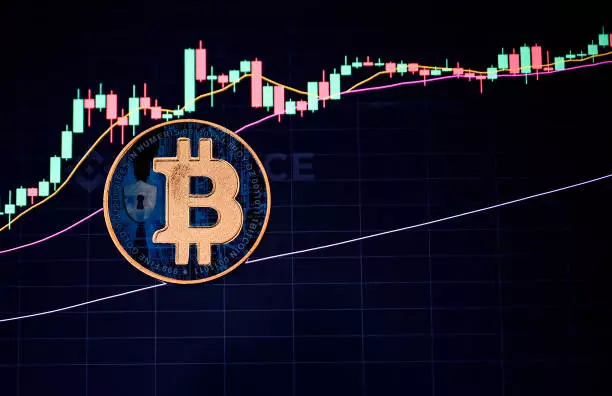Bitcoin has charted a rather unusual course over the past week, trading within a tight band of $106,229 to $111,807. This period of stagnation follows an exhilarating rise to an all-time high of $111,814, which elicited reactions across financial markets and beyond. While many might view this narrow trading range following a peak as a sign of market maturity, a deeper analysis reveals troubling indicators lurking beneath the surface. The selling pressure from miners post-peak cannot be overlooked; it raises crucial questions about the sustainability of Bitcoin’s recent rally.
Historically, sharp price increases often attract a wave of profit-taking, which typically leads to more volatile corrections. With Bitcoin failing to move past significant psychological barriers, one must consider whether we are in fact witnessing the calm before a tumultuous storm. A hallmark of speculative markets is such consolidation before drastic moves, and while many cling to hope for a bullish turnaround, it is essential to brace for the possibility of a significant downturn.
Diamond Hands or Fool’s Gold? The Dichotomy of Ownership
The so-called diamond hands—investors who refuse to sell despite price volatility—have continued to dominate the narrative around Bitcoin’s performance. Data from CryptoQuant indicates that long-term holder spending has dropped to its lowest levels since September 2024. While many may rush to tout this as bullish behavior, the stark truth is that such behavior might signal a deeper premonition of market uncertainty.
According to current analytics, around 74% of Bitcoin’s circulating supply resides in long-term holder wallets, suggesting that these investors are sitting on a significant treasure trove. One could argue that their unwillingness to sell is a display of confidence in Bitcoin’s intrinsic value. However, this could just as easily stem from a grim recognition of current market dynamics. When long-term holders stand on the sidelines, the consequences of such inactivity can send ripples across the market, undermining momentum and leading to instability.
The Relative Strength of Long-Term Holders: A Double-Edged Sword
What is more disconcerting is the increasing gap between short-term and long-term holder behavior. Recent trends show short-term holders have realized substantial profits, totaling around $11.6 billion in the last month alone. This raises alarms regarding the commitment of long-term holders versus the mercurial winds impacting the short-term traders. As the market becomes increasingly polarized, it begs the question: Are long-term holders truly resilient, or are they simply waiting for an opportune moment to capitulate?
The historical parallels should not go unnoticed. In a similar situation observed in September 2024, Bitcoin’s price swelled dramatically after a period of minimal long-term holder activity. While the correlation between decreased spending and price increases may appear favorable on the surface, my view leans toward caution. It may very well act as a veil that masks the underlying implications of upcoming volatility.
Risk in Accumulation: How Much is Too Much?
The narrative of Bitcoin’s alleged stability is further complicated by recent increases in long-term holder supply. In the past 20 days alone, there has been an uptick of approximately 300,000 BTC among those categorized as long-term holders. This could be viewed as a strong vote of confidence; however, could it also indicate a herd mentality fraught with risk? The psychology behind such accumulation is rarely benign; often, it suggests that investors are unwilling to acknowledge shifts in market sentiment.
As Bitcoin hovers at around $109,000, maintaining a balanced and critical viewpoint is essential. A significant influx of the long-term supply can create a perception of strength, but it also introduces the risk of a liquidity crunch when these holders eventually decide to cash out. It raises an alarming dilemma: how long can the market continue to operate on the confidence of a select few, especially when broader market conditions remain uncertain?
Being cautious as the Bitcoin landscape evolves is paramount. The interplay of long-term dynamics coupled with short-term trends creates a fabric that is tenuous at best. While bullish narratives strive for survival, we must be vigilant to not overlook the underlying vulnerabilities that could dictate Bitcoin’s future trajectory.

